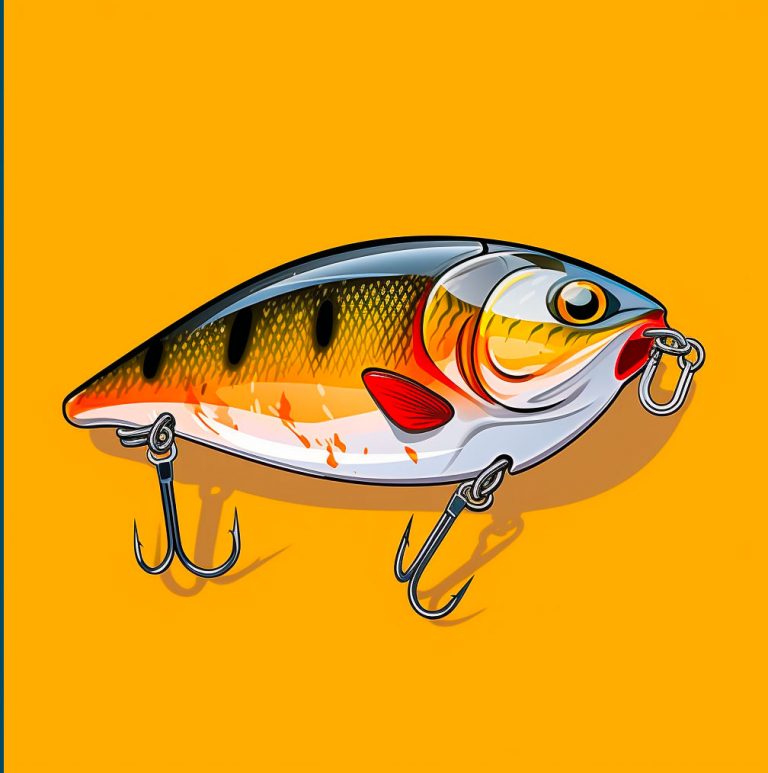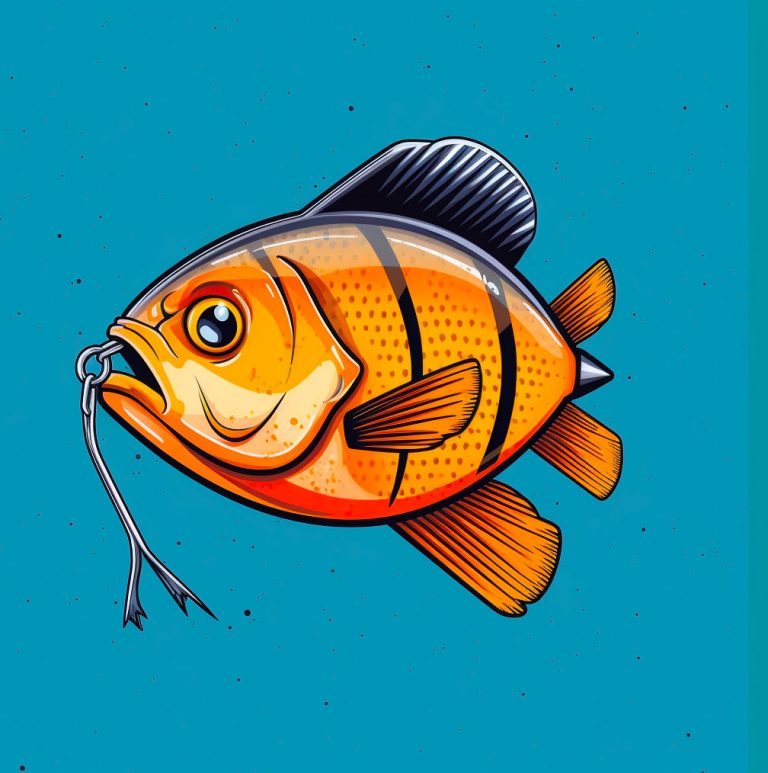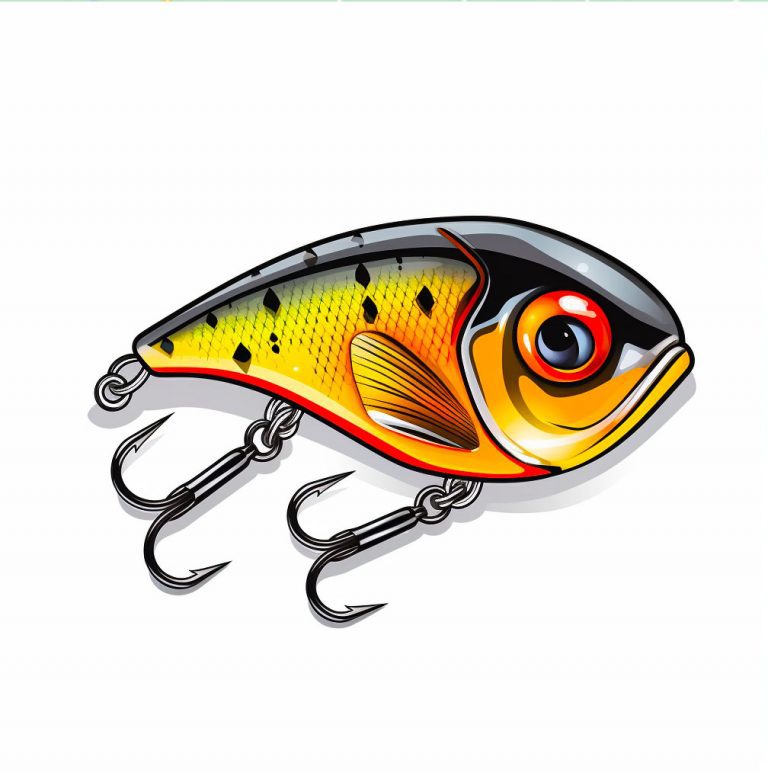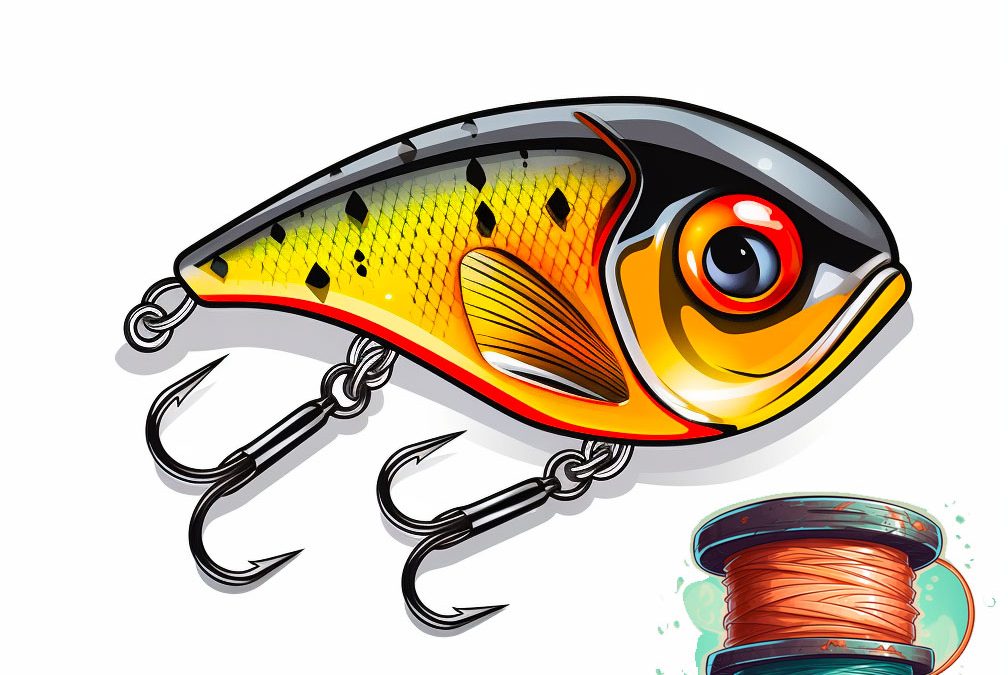As an avid angler, I know just how important it is to match your gear to the conditions you’ll be fishing in. One critical component of any angler’s setup is their choice of fishing line. This is especially true when it comes to using crankbaits, which can require a specific line size to be most effective.
In this article, I’ll be discussing the best line size for crankbaits, including factors to consider when making your choice, the best line size for shallow and deep water crankbaits, and specific line sizes for different types of crankbaits.
Factors to consider when choosing line size for crankbaits
Before we get into the best line size for different fishing scenarios, let’s talk about the factors that come into play when making your choice. Here are some things you should keep in mind when selecting a line size for crankbaits:
Lure weight. One of the most important factors that determines your line size is the weight of your lure. Heavier lures require a thicker line to support them, while lighter lures can work with a thinner line. Keep in mind that some crankbaits are designed to be fished at specific depths, so the weight of the lure can change depending on how deep you’re fishing.
Water clarity. In clear water, fish are more skittish and can be easily spooked by a thick line. A thinner line that’s less visible in the water might be more effective in these situations. Murkier water, on the other hand, might require a thicker line to make sure you can get a good hookset.
Depth of water. As we mentioned, some crankbaits are designed specifically for shallow or deep water. When fishing shallow, you may not need as thick a line as you would when fishing deep, where the water pressure can add resistance to your line as you try to reel in your catch.
Fish species. Different fish species can have different personalities, and this can influence your choice of line size. A species that tends to strike hard and pull strongly when hooked might require a thicker line to avoid breaking, while a less powerful species might be fine with a thinner line.
Best line size for shallow water crankbaits
When fishing crankbaits in shallow water, you’ll typically be casting from shore or from a boat and fishing at a depth of around 5-10 feet. Here are the best line sizes to use in this scenario:
Monofilament. For most shallow water crankbait fishing, a 10-12lb monofilament line is usually sufficient. This line size is strong enough to handle most fish species you’ll encounter in shallow water, but won’t be so thick that it’s easily visible to the fish.
Fluorocarbon. Another good choice for shallow water crankbait fishing is a 10-12lb fluorocarbon line. This line is less visible than monofilament, which can be an advantage in clear water. It’s also quite durable and can handle a good bit of abrasion, making it a solid choice for areas with lots of rocks or other structures that can cause damage to your line.
Braided. If you’re targeting larger fish in shallow water, you might want to consider a braided line. A 20-30lb braided line can be a good choice in this scenario, as it’s strong enough to handle heftier fish while also being quite thin in diameter. Keep in mind that braided line can be quite visible, so it may not be the best choice in situations where you need to remain hidden from the fish.
Best line size for deep water crankbaits
When fishing crankbaits in deep water, you’ll be aiming to reach depths of 15-30 feet or more. Because of the increased pressure on your line in these situations, you’ll generally want to use a thicker line than you would for shallow water fishing. Here are the best line sizes for deep water crankbaits:
Monofilament. For most deep water crankbait fishing, a 14-20lb monofilament line is a solid choice. This thickness will help your line resist the pressure of the water as you try to reel in your catch. Monofilament is also quite versatile, and it’s an excellent choice if you’re using a variety of crankbait types.
Fluorocarbon. A 14-20lb fluorocarbon line can also be a good choice for deep water crankbait fishing. This line is durable and has great abrasion resistance, so it can handle the rocky or debris-strewn environments that are common in deep water fishing. Keep in mind that fluorocarbon is quite stiff compared to monofilament, so you may need to adjust your casting technique accordingly.
Braided. If you’re targeting larger fish or fishing in particularly challenging conditions, you might want to opt for a heavier braided line. A 30-50lb braided line can be a good choice in these scenarios. Just be aware that braided line can be quite visible in the water, so you’ll need to adjust your approach accordingly.
Line size for specific types of crankbaits
Different types of crankbaits can require different line sizes. Here’s what you need to know:
Squarebill crankbaits. Squarebill crankbaits are designed to be fished in shallow water, typically around 5-6 feet deep. A 10-12lb monofilament or fluorocarbon line is usually the best choice for these lures.
Lipless crankbaits. Lipless crankbaits can work well in both shallow and deep water. In shallow water, a 10-12lb monofilament or fluorocarbon line is usually sufficient, while in deep water, you’ll want to go up to 14-20lb.
Deep diving crankbaits. Deep diving crankbaits are designed to eliminate dive and reach greater depths of water. Consequently, a 14-20lb monofilament or fluorocarbon line should be used when fishing for deep diving crankbaits.
Conclusion
As you can see, there are plenty of factors to consider when choosing the right line size for crankbaits. Ultimately, the right line size for you will depend on the conditions you’re fishing in and the type of fish you’re targeting. By keeping the tips and tricks I’ve shared in mind, you’ll be better equipped to make the right choice and improve your chances of catching that perfect fish.

The Best Crankbait For Summer Bass
Introduction Crankbaits are one of the most popular lures in bass fishing, as they are versatile and can be used in a variety of fishing environments. However, choosing the right crankbait is crucial for successful fishing in the summer months when bass behavior changes and water temperature increases. In this article, we’ll cover the factors […]

Best Line For Square Bill Crankbaits
As an avid angler, I’ve spent countless hours testing and experimenting with different techniques and equipment to improve my catch rates. One thing that I’ve learned over the years is that choosing the right line for your specific fishing situation can make a big difference in your level of success. In this article, I’m going […]

Crankbait Bass Fishing: A Comprehensive Guide
As a seasoned bass fisherman, I have tried countless techniques and lures over the years. However, crankbait fishing has always been one of my favorite methods for catching bass. With the right technique and equipment, crankbaits can be incredibly effective in luring in those elusive and trophy-worthy fish. In this comprehensive guide, I will share […]

